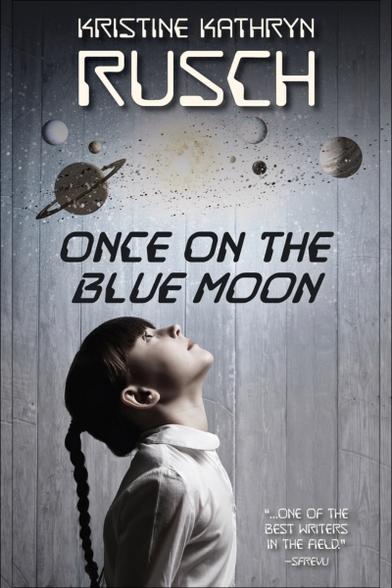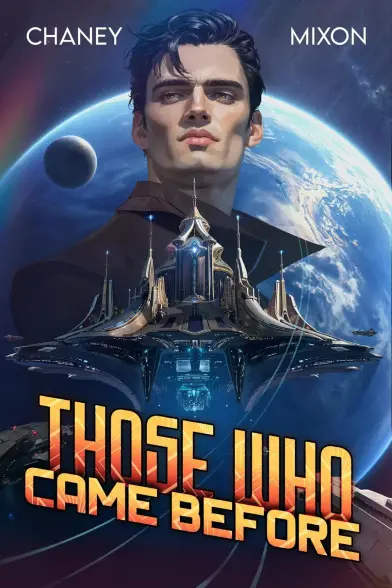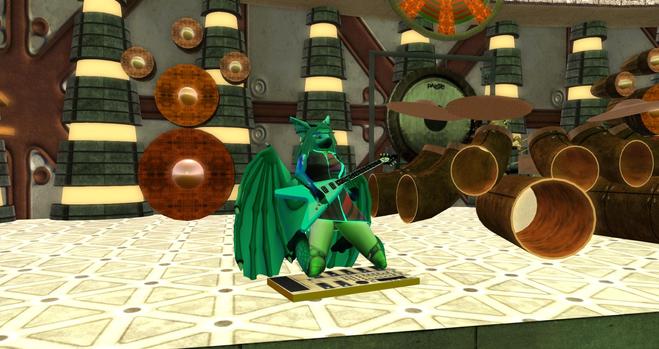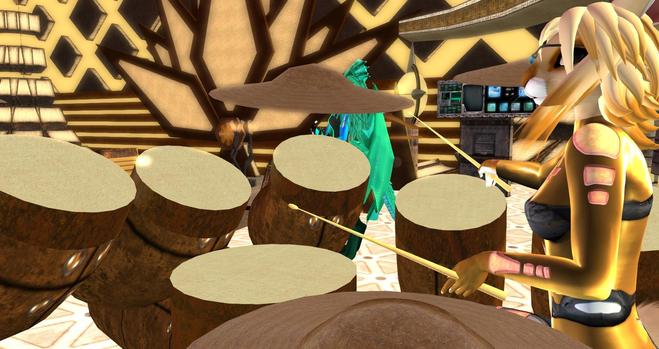Now brainstorming: a world with Earth-like raw materials...but put in the radiation belt of Upsilon Andromedae. Results? Stunningly alien.
Read all about it at my #blog: https://www.adamasnemesis.com/2025/08/11/the-pale-green-dot-filtered-through-a-dream/
This post's featured image is a detail of Frederick Edwin Church's "Aurora Borealis".
#worldbuilding #scifi #sciencefiction #spaceopera #planets #extrasolarplanets #alienlife #alienintelligence #alienmoon #moons #planets








